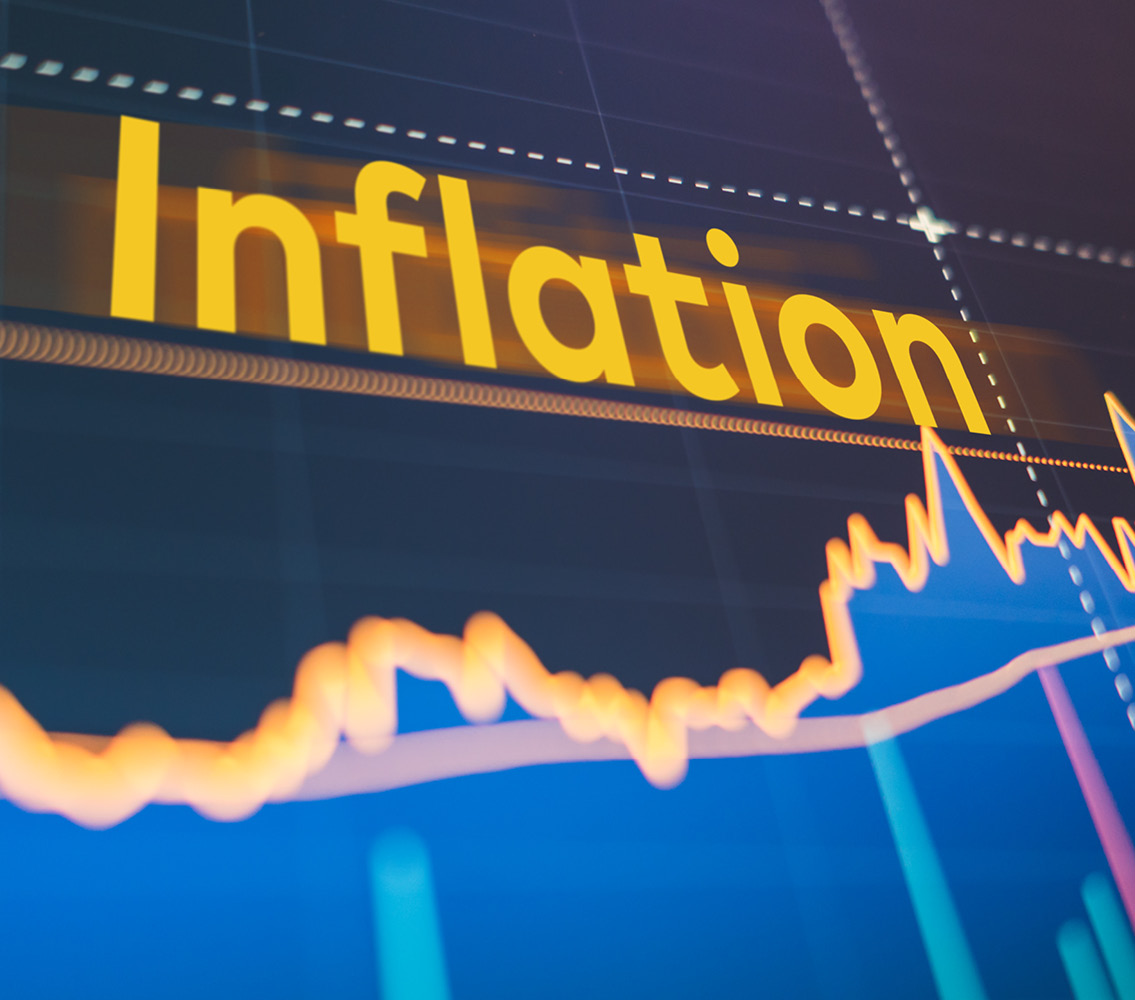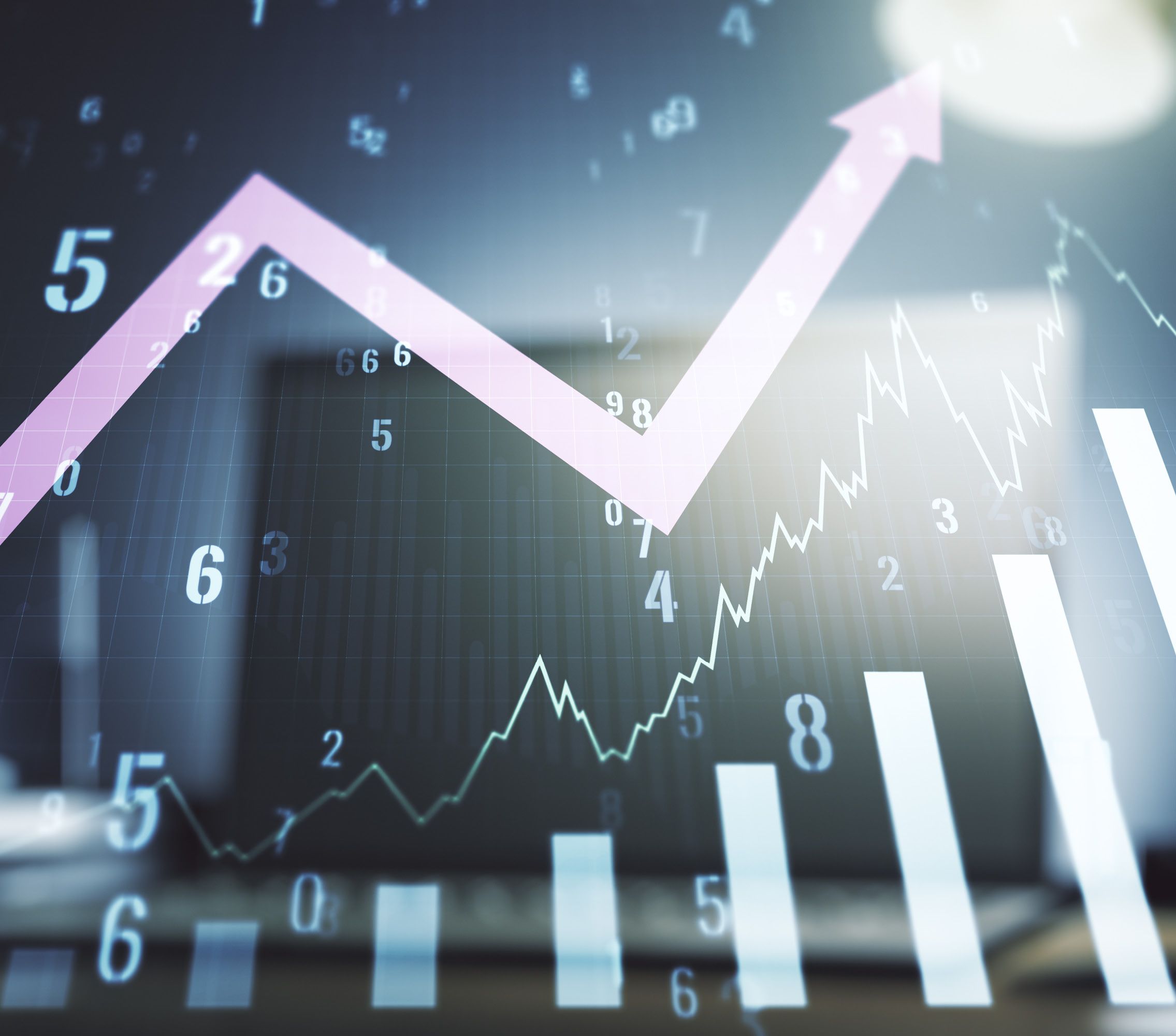M&A in logistics – demand is high, but so are the risks
The transport and logistics industry experienced an unprecedented peak in the area of mergers & acquisitions (M&A) in 2021. In the first half of 2022, the number of transactions has fallen again for the first time. In view of increasing economic uncertainties, investors are becoming more cautious. While interest in corporate takeovers remains high, so do the risks.
“The Times They Are A-Changin‘“ – Bob Dylan’s song is more relevant than ever. For we live in times of rapid change and it is not yet certain where the road will lead us. Corona is not over, Russia’s war in Ukraine is straining supply chains and causing new trade conflicts. Meanwhile, the impact of the climate crisis is growing, energy and commodity prices are rising. New regulatory requirements are complex to implement and expensive. A whole bundle of challenges is forcing companies to make profound adjustments.
Consolidation in full swing
“The consolidation of the transport and logistics industry is progressing rapidly and interest in company takeovers is high,” says Rico Back, Managing Partner at SKR. “But takeovers come with significant risks today that need to be priced in.” And there are a number of reasons for this: Given the threat of an imminent recession, weak demand and declining transport volumes are to be expected. At the same time, costs for personnel and energy are rising – the necessary adjustments to regulatory requirements and the digital transformation are also complex and cost-intensive.
“It is important to set the strategy for acquisitions clearly, to look at the transactions against the background of long-term developments and to estimate the acquisition price correctly,” says Back. “Only then, can added value be generated from the transaction in the future.”
Five reasons for investment and acquisitions
The driving factors for M&A are manifold. In recent months and years, the following five goals have played a particularly important role:
Factor No. 1: Securing supply chains
Business enterprises, as well as states, have long since begun to secure their supply chains more strongly. Infrastructure targets were in demand during the M&A boom. Prices for investments in warehouse and logistics properties as well as ports have risen above the ten-year average. These investments are linked to strategic, economic and often geopolitical interests. Take China, for example: in recent years, billions of dollars have flowed into European ports, either directly or through state-owned companies, in order to secure the People’s Republic access to the economically strong centres as part of the New Silk Road project.
Factor No. 2: Expanding market position
High prices, high costs, pressure on margins – a new trend in the logistics industry. The result is consolidation: smaller players who can no longer keep up with technical developments and the demands of customers or politics are being taken over by stronger ones. Even large companies are becoming takeover targets. The Danish logistics group DSV, for example, has taken over Panalpina and the logistics division of Agility GIL within a short time and is now interested in DB Schenker.
Factor No. 3: Vertical integration
In addition to investing in the core business, transactions aim to expand the business along the supply chain and integrate it into customer processes. Parcel service providers buy city logistics companies or courier companies in order to provide services on the last mile faster and more sustainably. Shipping companies acquire freight forwarders to have direct access to forwarders – such as the A. P. Møller-Mærsk Group, which bought Hong Kong’s LF Logistics for $3.6 billion at the end of 2021, investing in its onshore logistics activities.
Factor No. 4: Driving innovation
Whether it’s advancing digitalisation or the implementation of sustainability and climate protection aspects: The willingness of the transport and logistics industry to innovate and change knows no bounds. When it comes to digital marketplaces, sustainable delivery concepts and alternative fuels, start-ups are often already a step ahead of the established market leaders. Many companies are investing in start-ups or taking them over themselves, although Europe is much more reluctant to do so than China or the USA.
Factor No. 5: Complying with new regulatory requirements
European Green Deal, ESG, EU taxonomy, sustainable finance – companies are currently reviewing their systems and processes, adapting to changing requirements and strengthening their risk management. This is about transparency as well as sustainability along the entire supply chain. Purchases and sales can help to make national and international activities more sustainable and resource-efficient.
The temptation is great – so is the risk
According to an analysis by the “Transport & Logistics Barometer”, not all areas of the industry have developed equally well. While CEP service providers have experienced a boom since the beginning of the pandemic due to online shopping, the overall price for transport and logistics companies on the transaction market has fallen to a ten-year low.
“While interest in investments and acquisitions remains high, the time of significantly inflated prices is over,” says Rico Back. “This is because the outlook for further economic development is noticeably gloomy: economic growth in the euro zone is stagnating, the energy crisis is fuelling inflation and the OECD is revising its growth forecast for the global economy.”
It is important to reduce the risks of M&A transactions through careful reviews and stress tests. For this purpose, internal or external experts are available who approach the process systematically and check data and information thoroughly. Even in volatile times, clear competitive advantages can thus be achieved through targeted transactions.
More insights

Inflation in the eurozone – what can be done?

Breaking a German Taboo: Minimum Wage Dictated by the State

Excess profits tax is detrimental to Germany as an investment location
Get in touch
Contact
Phone +41 41 500 05 31

